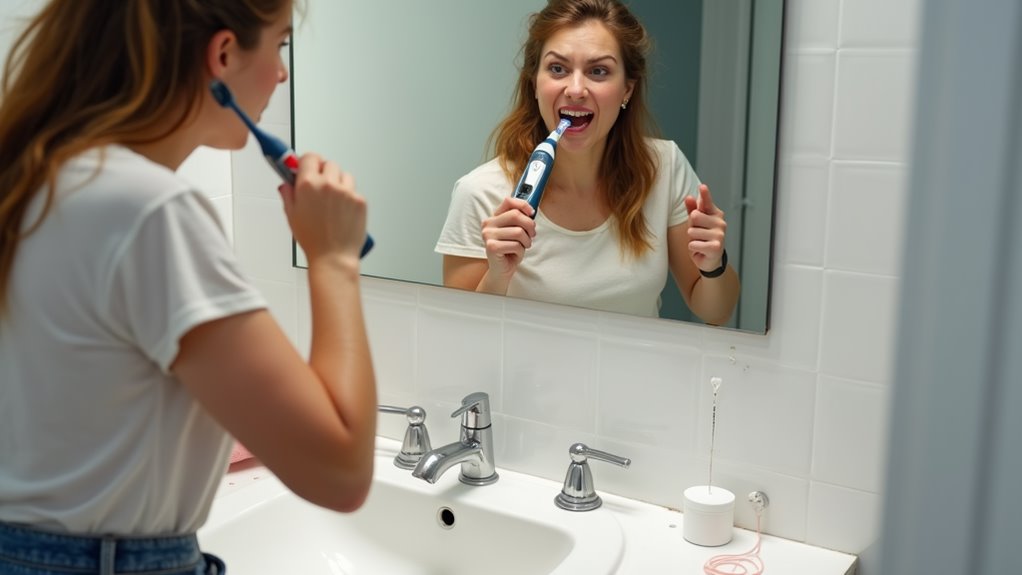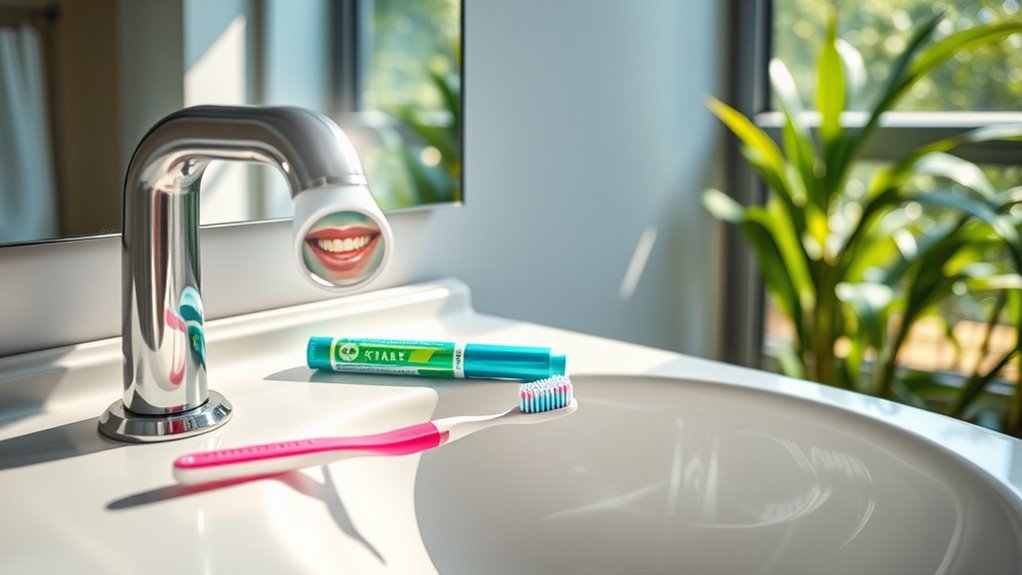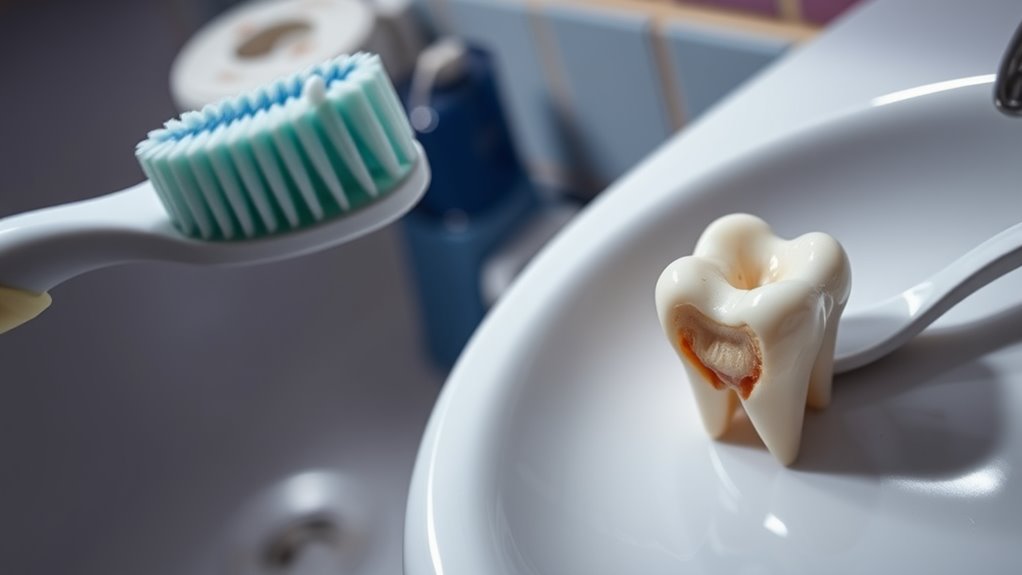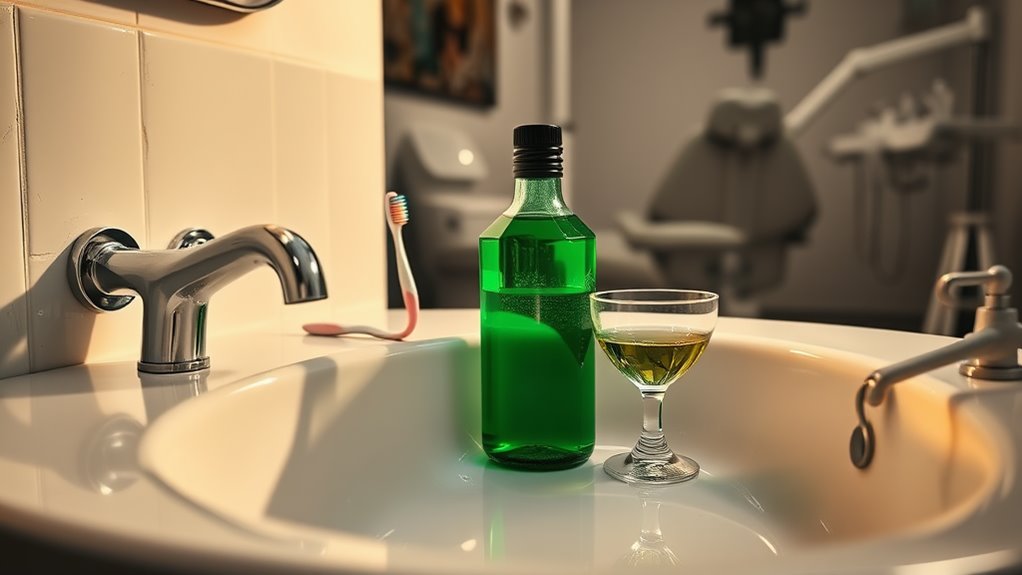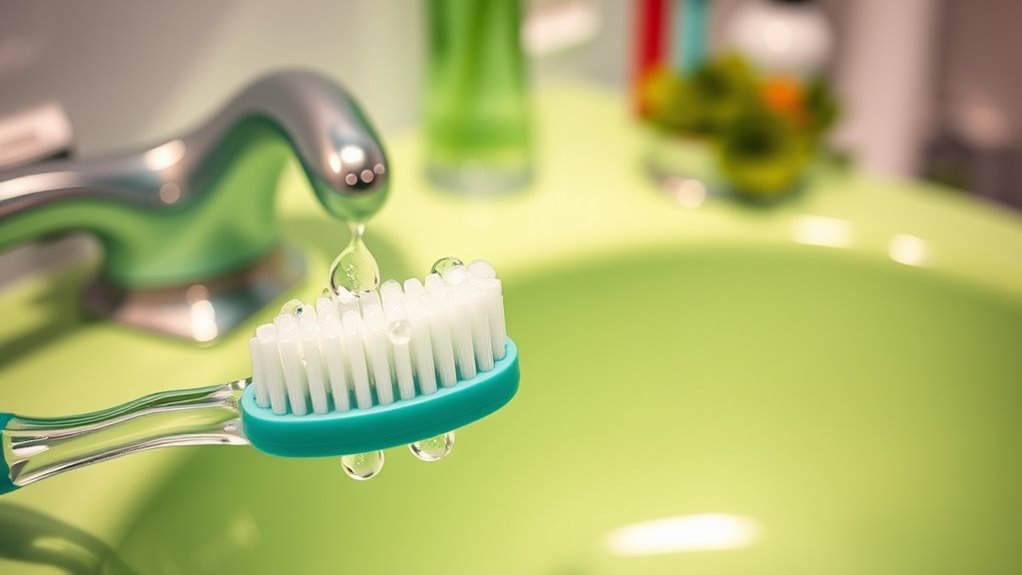10 Oral Hygiene Mistakes You’re Probably Making (and How to Fix Them!)
You might think you’ve mastered the basics of dental care, but your daily routine could be doing more harm than good. From aggressive brushing that wears down enamel to improper toothbrush storage that breeds bacteria, these common mistakes can sabotage your oral health. Even if you brush twice daily and floss regularly, subtle errors in technique or timing can undermine your efforts. Discover how to correct these hidden habits and protect your smile for years to come.
Brushing Too Hard: The Hidden Damage to Your Teeth and Gums
While many people believe aggressive brushing leads to cleaner teeth, this common misconception can actually damage your oral health. Forceful brushing can wear down your tooth enamel, causing sensitivity and increasing your risk of cavities. It’s one of the most prevalent oral hygiene mistakes that can also lead to receding gums and exposed root surfaces.
Instead of applying excessive pressure, use gentle, circular motions with a soft-bristled toothbrush. Think of it as massaging your teeth rather than scrubbing them. You’ll achieve better results by focusing on technique and thoroughness rather than force. Additionally, maintaining strong enamel is crucial for resisting acids from food and drinks that can harm your teeth.
Consider switching to an electric toothbrush with pressure sensors that alert you when you’re brushing too hard. Set a timer for two minutes to ensure you’re spending adequate time cleaning each section of your mouth.
Neglecting Your Tongue: A Breeding Ground for Bacteria
Beyond proper brushing technique, many people overlook a major source of bad breath and bacteria in their mouths: the tongue.
Your tongue’s rough surface contains countless tiny grooves and papillae that trap food particles, dead cells, and bacteria. This buildup not only causes bad breath but can also redeposit bacteria onto your freshly cleaned teeth.
To effectively clean your tongue, you’ll need either a dedicated tongue scraper or your toothbrush. Start at the back of your tongue and work forward with gentle, sweeping motions.
Don’t press too hard – you’re aiming to remove the white or yellowish coating, not damage the tissue. If you’re using your toothbrush, turn it sideways for better reach and control.
Make tongue cleaning a daily habit, ideally every time you brush. You’ll notice fresher breath immediately and reduce your overall oral bacterial load significantly. Additionally, regular tongue cleaning is essential for maintaining fresh breath and overall oral health.
Rushing Through Your Brushing Routine
Despite knowing the importance of thorough brushing, many people rush through their dental routine, spending far less than the recommended two minutes. This hurried approach leaves plaque and bacteria behind, undermining your overall oral health efforts and potentially leading to cavities and gum disease.
To revolutionize your brushing technique, divide your mouth into four quadrants and spend 30 seconds on each. You’ll want to use gentle, circular motions while holding your brush at a 45-degree angle to your gums.
Don’t forget to clean both the outer and inner surfaces of your teeth, as well as the chewing surfaces. Proper technique can elevate your dental care routine and ensure a more effective clean.
Consider using a smart toothbrush with built-in timing features or downloading a tooth-brushing app that keeps you on track. These tech-savvy solutions can transform your rushed routine into an efficient, thorough cleaning session that protects your dental health for years to come.
Storing Your Toothbrush Improperly
The placement and care of your toothbrush can significantly impact your oral health. Storing it in damp, enclosed spaces like medicine cabinets or travel cases creates the perfect breeding ground for harmful bacteria and mold.
You’ll want to keep your brush in an upright position where it can air dry completely between uses.
Don’t place your toothbrush near the toilet, as flushing can spray microscopic particles up to six feet away. Instead, position it on a clean counter or in a UV sanitizing holder at least three feet from the toilet.
If you share a bathroom, keep brushes separated to prevent cross-contamination of bacteria. Additionally, remember that improper storage techniques can lead to hygiene issues and affect your overall dental health.
Replace your brush’s storage solution if you notice any pink or black buildup, and consider incorporating antimicrobial holders or covers that allow proper ventilation.
When traveling, use ventilated cases and ensure your brush is completely dry before storing it.
Using the Same Toothbrush for Too Long
While many people know they should replace their toothbrushes periodically, research shows that over 40% of Americans use their brushes far longer than recommended.
Your toothbrush’s bristles break down over time, becoming less effective at removing plaque and bacteria from your teeth. When you continue using a worn-out brush, you’re essentially spreading bacteria around rather than cleaning effectively.
The American Dental Association recommends replacing your toothbrush or electric brush head every three to four months, or sooner if the bristles become visibly frayed. Regular cleaning helps prevent bacteria-related issues that can arise from using an ineffective toothbrush.
Don’t wait until your brush looks completely worn out to make the switch.
- Set a calendar reminder on your phone to replace your brush every three months
- Take a photo of your new brush to compare bristle wear over time
- Keep a spare toothbrush on hand so you can switch immediately when needed
Remember: maintaining a fresh toothbrush is essential for optimal oral health and hygiene effectiveness.
Rinsing Immediately After Brushing
Many people instinctively rinse their mouths with water right after brushing, but this common habit actually reduces the effectiveness of their toothpaste. When you rinse immediately after brushing, you’re washing away the concentrated fluoride coating that would otherwise continue protecting your teeth.
Instead of rinsing, simply spit out the excess toothpaste and let the remaining fluoride continue working. This “spit, don’t rinse” technique allows the active ingredients to strengthen your enamel and fight cavity-causing bacteria for hours.
If you can’t break the rinsing habit completely, wait at least 30 minutes after brushing before using water or mouthwash.
For optimal results, brush before bed and avoid eating or drinking anything afterward. This maximizes the protective benefits of fluoride throughout the night.
You’ll notice stronger, more resilient teeth within weeks of implementing this simple yet powerful change to your dental routine.
Improper Flossing Technique and Timing
Beyond proper brushing habits, flossing errors can undermine your dental health efforts. Many people either rush through flossing or skip it altogether, missing crucial bacteria and food particles between teeth.
When you don’t use the proper technique or timing, you’re leaving your mouth vulnerable to gum disease and cavities.
The right approach involves using a clean section of floss for each tooth gap and creating a C-shape around each tooth as you move the floss up and down. Timing matters too – floss before brushing to loosen debris that your toothbrush can then remove more effectively.
- Use 18 inches of floss to ensure you’re working with fresh sections for each tooth gap
- Curve the floss around each tooth in a C-shape, going slightly below the gumline
- Time your flossing before brushing to maximize the removal of plaque and debris
Don’t rush through this crucial step – proper flossing technique takes about two minutes to complete effectively.
Ignoring the Signs of Gum Disease
Despite being easily detectable, early signs of gum disease often go unnoticed or dismissed by people who don’t know what to look for. When your gums become red, swollen, or bleed during brushing, you’re likely experiencing gingivitis, the initial stage of periodontal disease.
Don’t ignore these warning signals, as they indicate inflammation that can progress to more serious conditions.
You’ll want to watch for other telltale signs like persistent bad breath, gum recession, or teeth that feel loose. These symptoms suggest that bacteria are actively damaging your gum tissue and the supporting structures of your teeth.
The good news? You can reverse early-stage gum disease by improving your oral care routine. Schedule regular dental cleanings, brush effectively twice daily, and maintain proper flossing habits.
If you notice any concerning changes in your gums, consult your dentist immediately – early intervention can prevent permanent damage and costly treatments.
Choosing the Wrong Oral Care Products
When it comes to oral care products, selecting the wrong tools can sabotage your dental health efforts. Many people default to products that look appealing or are on sale, without considering their specific oral care needs.
You’ll want to choose items that match your dental concerns, sensitivity levels, and lifestyle.
Today’s market offers innovative solutions tailored to various oral health challenges. Don’t settle for generic options when you can select products designed for your unique situation. Smart technology, specialized formulations, and ergonomic designs have revolutionized oral care.
- Choose toothpaste with ingredients targeting your needs – whether it’s sensitivity protection, enamel strengthening, or whitening properties
- Invest in an electric toothbrush with pressure sensors and multiple cleaning modes to optimize your brushing technique
- Select mouthwash that complements your toothpaste’s active ingredients while addressing specific concerns like dry mouth or bacteria control
Brushing Right After Acidic Foods and Drinks
Even with the right oral care products in your arsenal, timing your brushing correctly matters just as much. When you consume acidic foods and beverages like citrus fruits, wine, or sodas, they temporarily soften your tooth enamel.
Brushing immediately afterward can actually damage this weakened enamel, leading to erosion and increased sensitivity. Instead of rushing to brush, wait at least 30 minutes after consuming acidic items. This delay allows your saliva to neutralize the acids and re-harden your enamel naturally.
During this waiting period, you can rinse your mouth with plain water to help dilute the acids and maintain a neutral pH level. For those who can’t wait, try innovative solutions like specialized neutralizing mouthwashes or pH-balancing oral rinses.
These products can help speed up the neutralization process and protect your enamel while satisfying your urge for immediate oral care.
